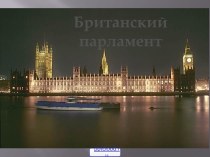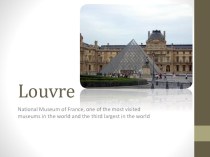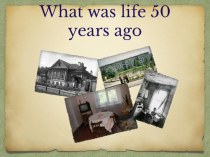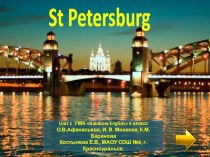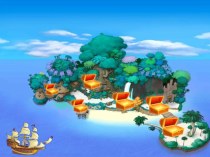- Главная
- Разное
- Бизнес и предпринимательство
- Образование
- Развлечения
- Государство
- Спорт
- Графика
- Культурология
- Еда и кулинария
- Лингвистика
- Религиоведение
- Черчение
- Физкультура
- ИЗО
- Психология
- Социология
- Английский язык
- Астрономия
- Алгебра
- Биология
- География
- Геометрия
- Детские презентации
- Информатика
- История
- Литература
- Маркетинг
- Математика
- Медицина
- Менеджмент
- Музыка
- МХК
- Немецкий язык
- ОБЖ
- Обществознание
- Окружающий мир
- Педагогика
- Русский язык
- Технология
- Физика
- Философия
- Химия
- Шаблоны, картинки для презентаций
- Экология
- Экономика
- Юриспруденция
Что такое findslide.org?
FindSlide.org - это сайт презентаций, докладов, шаблонов в формате PowerPoint.
Обратная связь
Email: Нажмите что бы посмотреть
Презентация на тему London. United Kingdom
Содержание
- 2. Producer by Jaroslav HubáčekLondon is a capital
- 3. Producer by Jaroslav HubáčekSIGHTS
- 4. Buckingham Palace The Buckingham Palace is the
- 5. Producer by Jaroslav Hubáček
- 6. Producer by Jaroslav HubáčekThe Big Ben
- 7. The tower was raised as a part
- 8. Producer by Jaroslav HubáčekTHE BIG BEN
- 9. Producer by Jaroslav HubáčekTower of London
- 10. Producer by Jaroslav HubáčekDescription The Tower can
- 11. Producer by Jaroslav Hubáček
- 12. Producer by Jaroslav Hubáček
- 13. Producer by Jaroslav HubáčekTower Bridge
- 14. Producer by Jaroslav HubáčekConstruction of the bridge
- 15. Producer by Jaroslav Hubáček
- 16. Producer by Jaroslav HubáčekTODAY
- 17. Producer by Jaroslav HubáčekMUSIC
- 18. Скачать презентацию
- 19. Похожие презентации
Producer by Jaroslav HubáčekLondon is a capital city of Great Britain. Over 3 milion people live there. It is situated on The River Thames, divides London into



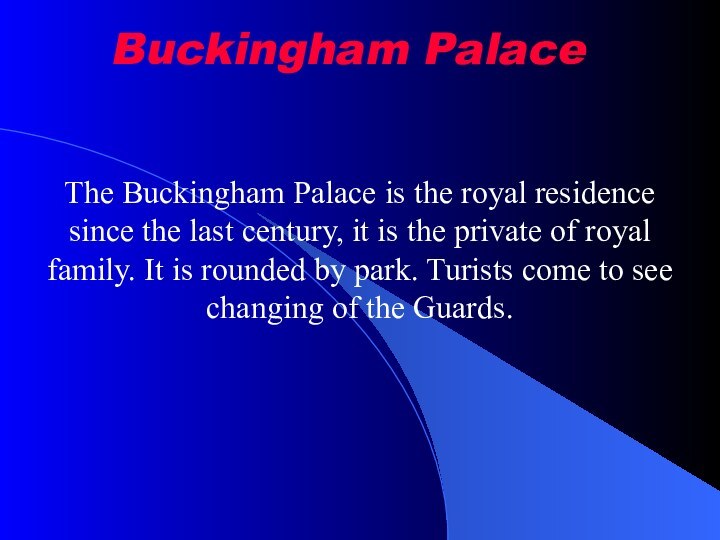




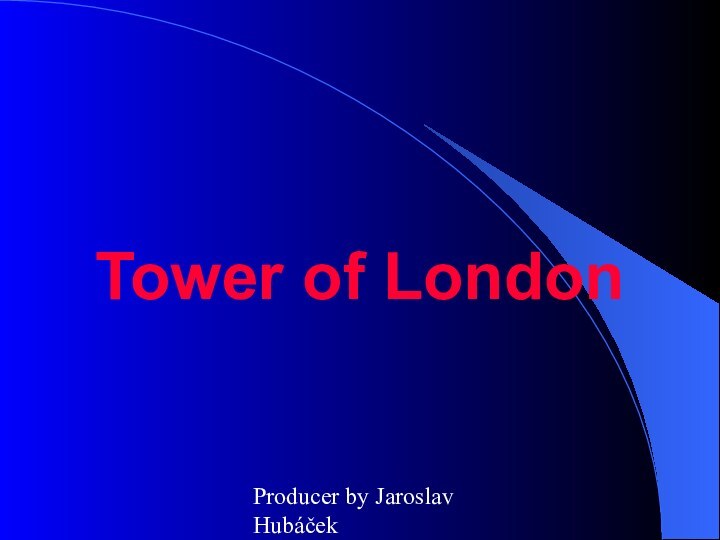


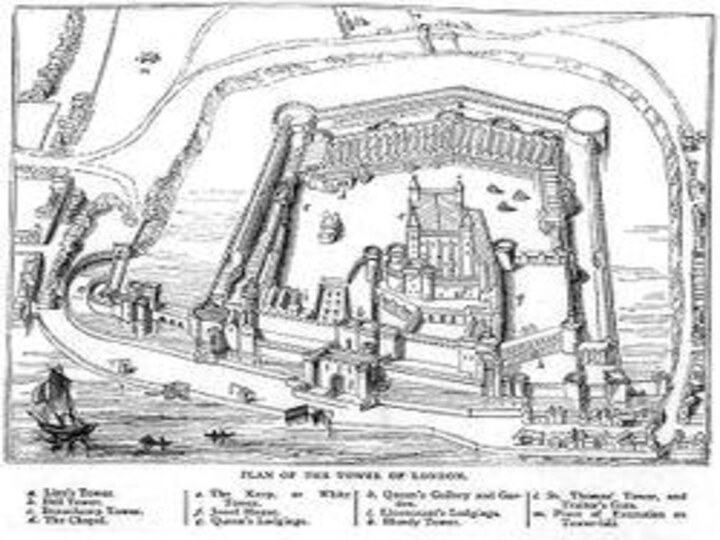





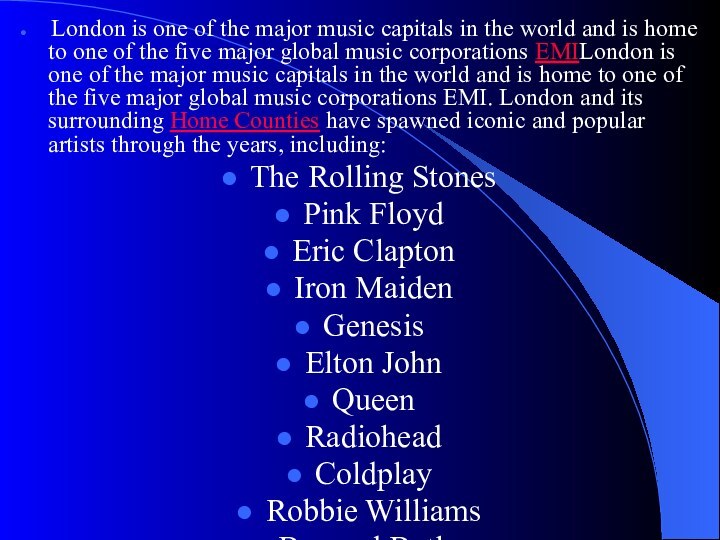
Слайд 4
Buckingham Palace
The Buckingham Palace is the royal
residence since the last century, it is the private
of royal family. It is rounded by park. Turists come to see changing of the Guards.Слайд 7 The tower was raised as a part of
Charles BarryThe tower was raised as a part of
Charles Barry's design of a new palace, after the old Palace of WestminsterThe tower was raised as a part of Charles Barry's design of a new palace, after the old Palace of Westminster was destroyed by fire on the night of October 16The tower was raised as a part of Charles Barry's design of a new palace, after the old Palace of Westminster was destroyed by fire on the night of October 16, 1834The tower was raised as a part of Charles Barry's design of a new palace, after the old Palace of Westminster was destroyed by fire on the night of October 16, 1834. The tower is designed in the Victorian Gothic style, and is 96.3 meters (316 feet) high.The first 61 meters (200 feet) of the structure is the clock tower, consisting of brickwork with stone cladding; the remainder of the tower's height is a framed spire of cast iron. The tower is founded on a 15 by 15 meters (49 by 49 feet) raft, made of 3 meters (9 feet) thick concrete, at a depth of 7 meters (23 feet) below ground level. The tower has an estimated weight of 8,667 tonnes (9,553 tons). The four clock faces are 55 meters (180 feet) above ground.
Due to ground conditions present since construction, the tower leans slightly to the north-west, by roughly 220 millimeters (8.66 inches). Due to thermal effects it
Слайд 10
Producer by Jaroslav Hubáček
Description
The Tower can be described
as a "palimpsestThe Tower can be described as a
"palimpsest". The oldest visible structure is the White Tower (which is 11th century); other elements added over the centuries are evident, right up to modern additions, most of which cater for the tourist or security needs.The Tower today is principally a tourist attraction. Besides the buildings themselves, the British Crown JewelsThe Tower today is principally a tourist attraction. Besides the buildings themselves, the British Crown Jewels, a fine armour collection from the Royal ArmouriesThe Tower today is principally a tourist attraction. Besides the buildings themselves, the British Crown Jewels, a fine armour collection from the Royal Armouries, and a remnant of the wall of the Roman fortress are on display.
The tower is manned by the Yeomen Warders (known as Beefeaters), who act as tour guides, provide discreet security, and are something of a tourist attraction in their own right. Every evening, the warders participate in the Ceremony of the Keys, as the Tower is secured for the night.
Слайд 14
Producer by Jaroslav Hubáček
Construction of the bridge started
in 1886 and took 8 years, employing 5 major
contractors and 432 construction workers. Two massive piers, containing over 70,000 tons of concrete, were sunk into the river bed to support the construction. Over 11,000 tons of steel provided the framework for the towers and walkways. This was then clad in CornishConstruction of the bridge started in 1886 and took 8 years, employing 5 major contractors and 432 construction workers. Two massive piers, containing over 70,000 tons of concrete, were sunk into the river bed to support the construction. Over 11,000 tons of steel provided the framework for the towers and walkways. This was then clad in Cornish graniteConstruction of the bridge started in 1886 and took 8 years, employing 5 major contractors and 432 construction workers. Two massive piers, containing over 70,000 tons of concrete, were sunk into the river bed to support the construction. Over 11,000 tons of steel provided the framework for the towers and walkways. This was then clad in Cornish granite and Portland stone, both to protect the underlying steelwork and to give the bridge a pleasing appearance.Jones died in 1887, and his chief engineer, Sir John Wolfe-BarryJones died in 1887, and his chief engineer, Sir John Wolfe-Barry, took over the project. Wolfe-Berry replaced Jones' original mediaeval style of facade with the more ornate VictorianJones died in 1887, and his chief engineer, Sir John Wolfe-Barry, took over the project. Wolfe-Berry replaced Jones' original mediaeval style of facade with the more ornate Victorian gothic style that makes the bridge a distinctive.











